Master Commercial DTF Printing: From Setup to Perfection

Commercial DTF (Direct to Fabric) Printing is a cutting-edge technology for custom textile productio…….
Welcome to an in-depth exploration of a revolutionary printing technique that is transforming the textile industry—Commercial DTF (Direct-to-Textile) Printing. This cutting-edge technology has emerged as a game-changer, offering businesses and designers an innovative way to create vibrant, high-quality prints on various fabric types. In this comprehensive article, we will embark on a journey through the world of DTF printing, uncovering its secrets, benefits, and immense potential. By the end, readers will grasp the significance of this process in today’s fast-paced, digitally driven market.
Definition: Commercial DTF Printing is a modern printing method that enables the direct application of digital images onto textile surfaces without the need for traditional screen printing or plating processes. It involves using specialized ink and equipment to transfer designs from a digital file directly onto fabrics, allowing for complex and intricate patterns.
Core Components:
Historical Context: The roots of DTF printing can be traced back to the early days of digital printing, where researchers sought ways to streamline the printing process. Over time, advancements in inkjet technology and digital design software laid the foundation for modern DTF printing. This method gained traction in the 21st century as businesses demanded faster, more cost-effective printing solutions, particularly for small to medium-sized runs.
International Influence: Commercial DTF Printing has left an indelible mark on the global textile industry. Its popularity surged in regions with thriving fashion, apparel, and home decor markets. Asia Pacific, for instance, became a hotspot for DTF printing innovation due to its large manufacturing base and growing demand for customized, high-quality textiles.
Regional Trends:
| Region | Key Trends |
|---|---|
| North America | Focus on sustainable fabrics and eco-friendly inks, with an increasing demand for quick-turnaround, small batch production. |
| Europe | Emphasis on technical textiles and performance fabrics, driven by outdoor and sportswear industries. |
| Asia Pacific | Rapid adoption of DTF printing in fashion and home textiles, often combining traditional designs with modern printing techniques. |
| Latin America | Growing interest in custom apparel and unique fabric prints, fueled by a young, design-conscious population. |
Market Dynamics: The global DTF printing market has experienced significant growth due to the rising demand for personalized products and the need for faster production cycles. According to a 2023 report, the market is projected to reach USD 5.6 billion by 2028, growing at a CAGR of 12.5%.
Market Dynamics: The economic landscape of Commercial DTF Printing is characterized by:
Investment Patterns: Major investments in DTF printing technology have come from both established textile companies and startup ventures. These investments drive innovation, improve equipment efficiency, and expand material compatibility. For instance, leading print head manufacturers have developed high-resolution heads capable of achieving 100 dpi or higher, ensuring superior print quality.
Economic Impact: The adoption of DTF printing has contributed to:
Ink Technology: One of the most significant advancements in Commercial DTF Printing is the development of specialized inks. Modern DTF inks offer:
Printing Hardware:
Digital Design Software: User-friendly design software has evolved to simplify the DTF printing process:
Regulatory Landscape: The regulatory framework surrounding Commercial DTF Printing varies across regions but generally focuses on ensuring consumer safety, environmental protection, and intellectual property rights.
Key Considerations:
Legislative Frameworks:
Common Challenges:
Criticisms and Solutions:
| Criticism | Proposed Solution |
|---|---|
| High Initial Investment | Offer leasing options for printing equipment to reduce upfront costs for startups and small businesses. |
| Fabric Limitations | Develop specialized inks and techniques for hard-to-print fabrics, and educate manufacturers on suitable material choices. |
| Design Complexity Issues | Provide design workshops and resources to help users optimize complex designs for DTF printing, ensuring better results. |
Case Study 1: Custom Apparel Revolution
Company: Fashion Forward Inc.
Location: San Francisco, USA
Fashion Forward Inc. utilized Commercial DTF Printing to disrupt the custom apparel market. They targeted young professionals seeking unique, on-trend clothing. By offering fast turnaround times and limitless design options, they achieved remarkable success. Their strategy involved:
Outcomes:
Case Study 2: Sustainable Home Decor
Brand: EcoTextile Designs
Region: Berlin, Germany
EcoTextile Designs embraced DTF printing to create an eco-conscious home decor collection. Their mission was to offer stylish, sustainable alternatives to traditional home furnishings. They implemented the following strategies:
Impact:
Emerging Trends:
Growth Areas:
Strategic Considerations:
Commercial DTF Printing has emerged as a powerful force shaping the textile industry, offering unprecedented creative possibilities and operational efficiencies. Its global impact is evident in the diverse applications and growing demand across regions. As technology continues to evolve, this printing method will play a pivotal role in meeting the evolving needs of businesses and consumers alike. By embracing DTF printing, companies can unlock new revenue streams, enhance product offerings, and contribute to a more sustainable future.
Q: What types of fabrics are best suited for DTF printing?
A: A wide range of fabrics, including cotton, polyester, linen, silk, and even canvas, are suitable for DTF printing. The key is to choose materials with a suitable texture and porosity for ink absorption.
Q: How does DTF printing differ from traditional screen printing?
A: Unlike screen printing, which requires creating a physical screen for each design, DTF printing uses digital files and precise printing heads. This makes it faster, more cost-effective for small runs, and ideal for on-demand production.
Q: Can DTF prints withstand washing and wear?
A: Modern DTF inks are designed to be durable and resistant to fading and peeling when properly cured. With proper care, printed fabrics can last through multiple washes and maintain their vibrancy.
Q: How do I protect my design rights with DTF printing?
A: To protect your designs, register your copyright or trademark. This legal protection ensures that unauthorized reproduction of your work is prohibited, providing a layer of security for your intellectual property.
Q: What are the environmental considerations with DTF printing?
A: While DTF printing has some environmental impacts, especially regarding ink and solvent usage, sustainable practices can mitigate these effects. Using biodegradable inks, eco-friendly fabrics, and efficient printing processes contribute to a greener textile industry.

Commercial DTF (Direct to Fabric) Printing is a cutting-edge technology for custom textile productio…….

The Commercial DTF Printing market is experiencing rapid growth and transformation due to advanced t…….
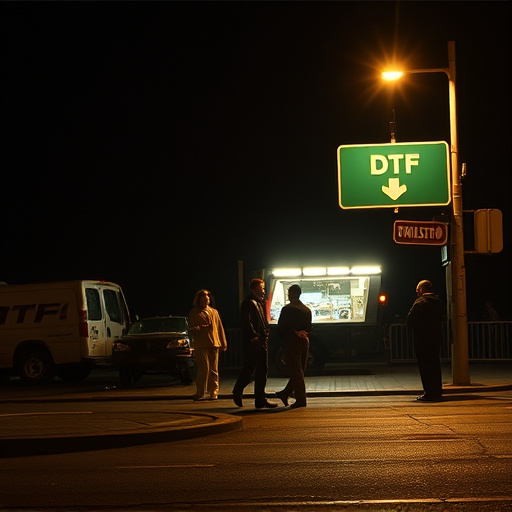
Commercial DTF (Direct to Fabric) Printing is an eco-friendly and cost-effective solution for appare…….
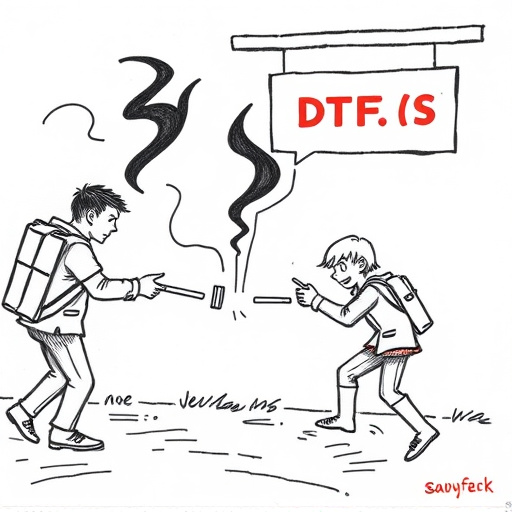
The Commercial DTF Printing Equipment market is experiencing a shift towards efficient, precise prin…….
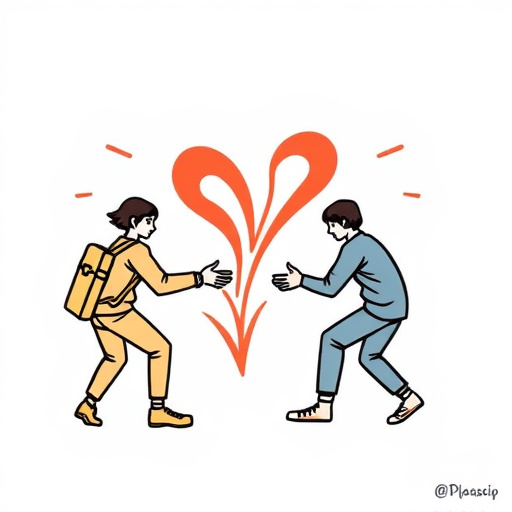
Commercial DTF Printing is experiencing a boom due to demand for efficient, cost-effective bulk shir…….
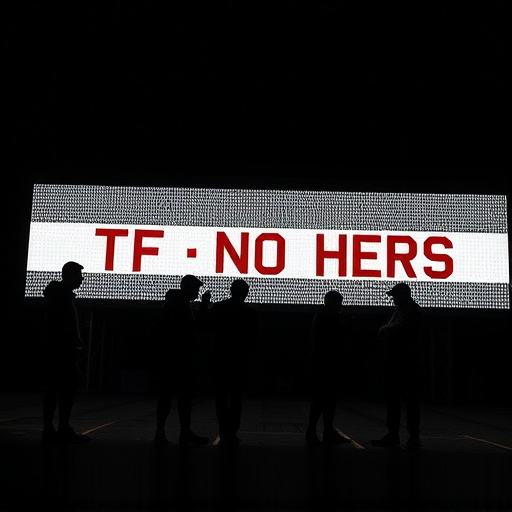
The commercial DTF (Direct to Fabric) Printing industry has seen a major surge driven by personalize…….
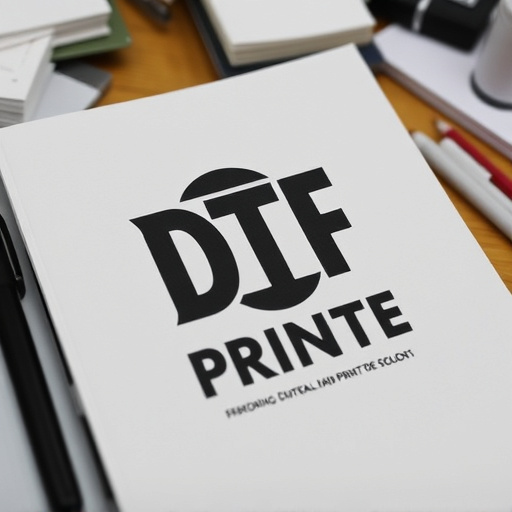
Commercial DTF Printing transforms fast fashion by offering precise, versatile on-demand printing, c…….
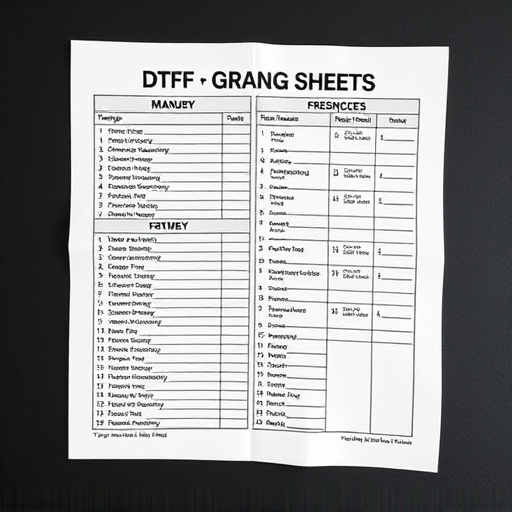
Commercial DTF Printing is transforming apparel production with swift, efficient prototyping for cus…….
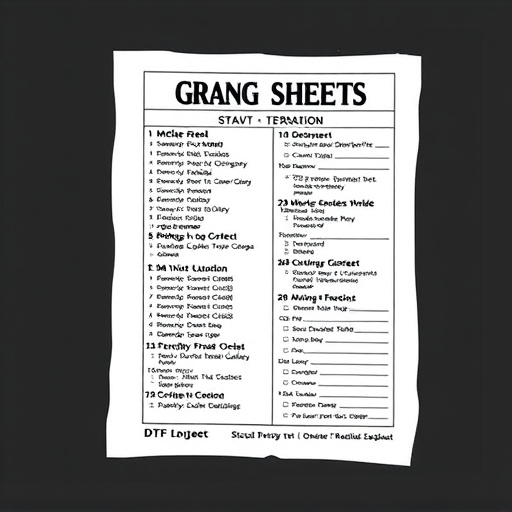
Commercial DTF (Direct to Fabric) Printing is a revolutionary technology in the apparel industry, of…….